
The Spiritual side of the Field of Sacred Apples Part 2
B"H
Introduction: The Season of Teshuvah Written in Apples and Torah
This reflection is offered as a sequel to our earlier teaching, The Field of Sacred Apples: The Foothills of Elul at Shtiebel on the Hill. There we spoke of the season of teshuvah as beginning not in Elul but in the sorrow of the 17th of Tammuz, climbing through the Three Weeks, ripening with the summer apples after 9th of Av, and rising toward Elul and the Days of Awe. That piece was our foothill. This one is the mountain path itself.
For me, this is the most beloved span of the year: from 17 Tammuz through Sukkot. It is the cycle of sorrow, repentance, awe, and joy, written both in the Torah and in the Northern lands where we live. Every year the apples bear witness to the turning of this season. The summer apples ripen immediately after Tish’a b’Av, reminding us that sweetness follows sorrow. The later apples ripen through Elul and Rosh HaShanah. And the rare winter apple, ripening only after Sukkot, is a parable that teshuvah never ends; sweetness continues even after the festivals.
The orchard, which we call the Field of Sacred Apples, thus becomes our commentary on Torah. Six trees are ours, two are shared with neighbors — teaching us that repentance, like fruit, is never solitary. And in this orchard, the great debates of Torah and tradition play out. For while outsiders like the Hebrew Roots Movement (HRM) deny Rosh HaShanah, claiming it is “not biblical” but a rabbinic invention, our trees themselves testify that it is Hashem’s appointed season. Torah commands it. Neḥemiah describes it. Yeḥezkel names it. The Mishnah codifies it. Sephardim celebrate it with joy, Ashkenazim with awe, and here in the Northern forest we see both together, sweetened in apples.
This essay, then, is both personal meditation and halakhic refutation. It is both orchard and argument, both sweetness and logic.
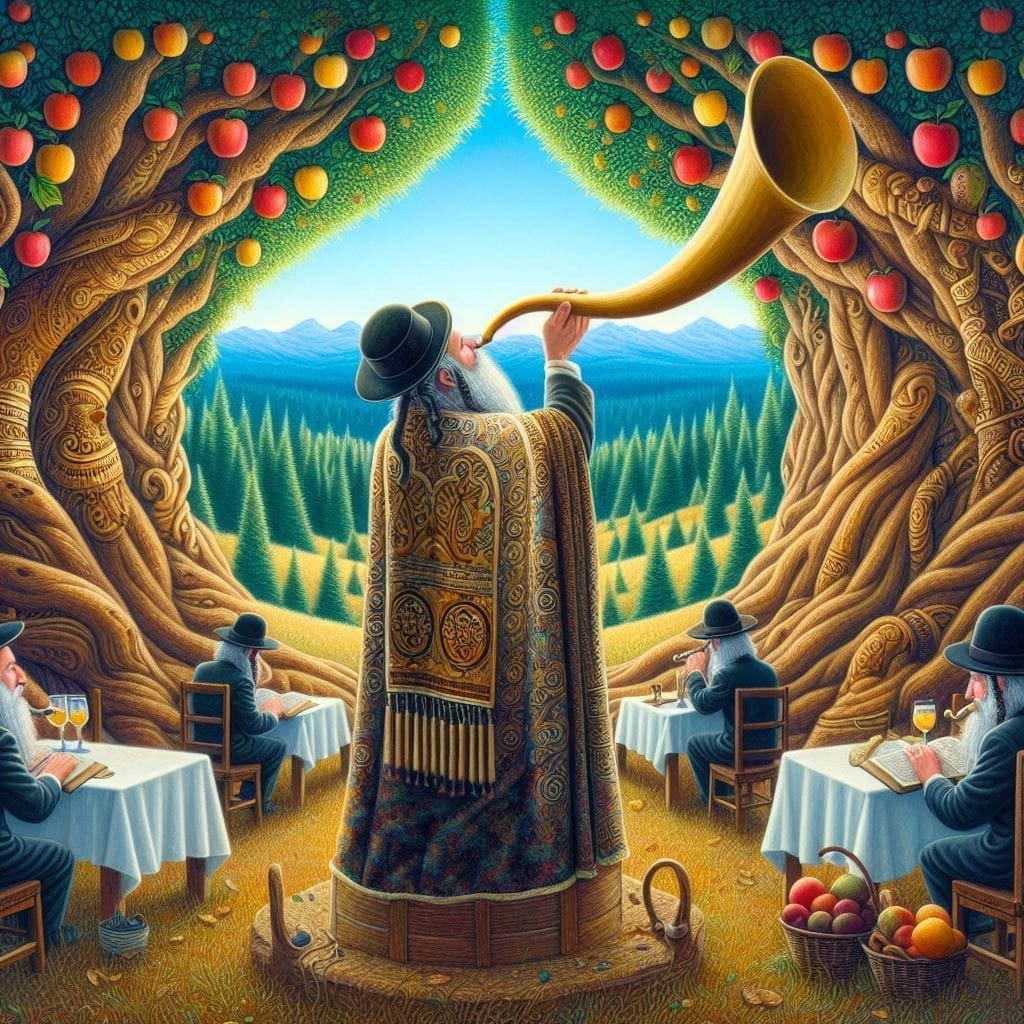
I. The Foothills Revisited: Mourning into Comfort
Most begin teshuvah with Elul. We at Shtiebel on the Hill begin earlier — with the 17th of Tammuz, the day the walls of Jerusalem were breached. From there, the Three Weeks descend toward the black fast of 9 Av, the day of destruction.
Here in the North, the forests are lush, the wetlands alive, the elk and bear roaming in their season. But the orchard feels different. The apples begin to swell but are not yet ripe — signs of promise but not fulfillment. Then, just after the long night of Tish’a b’Av, when we have sat low to the ground reading Lamentations, something changes. The summer apples ripen.
This timing is precise: apples sweeten the day after 9 Av. As if creation itself knew to whisper comfort: “Nachamu, nachamu ami — Comfort, comfort My people” (Isaiah 40:1). These apples are the first sweetness after sorrow, the first teshuvah of the season.
Thus the orchard becomes the foothills of Elul. Like hikers beginning their climb, we start in mourning but rise toward sweetness. This pattern is vital for Rosh HaShanah. The season of judgment does not erupt suddenly; it unfolds slowly, ripening like fruit.
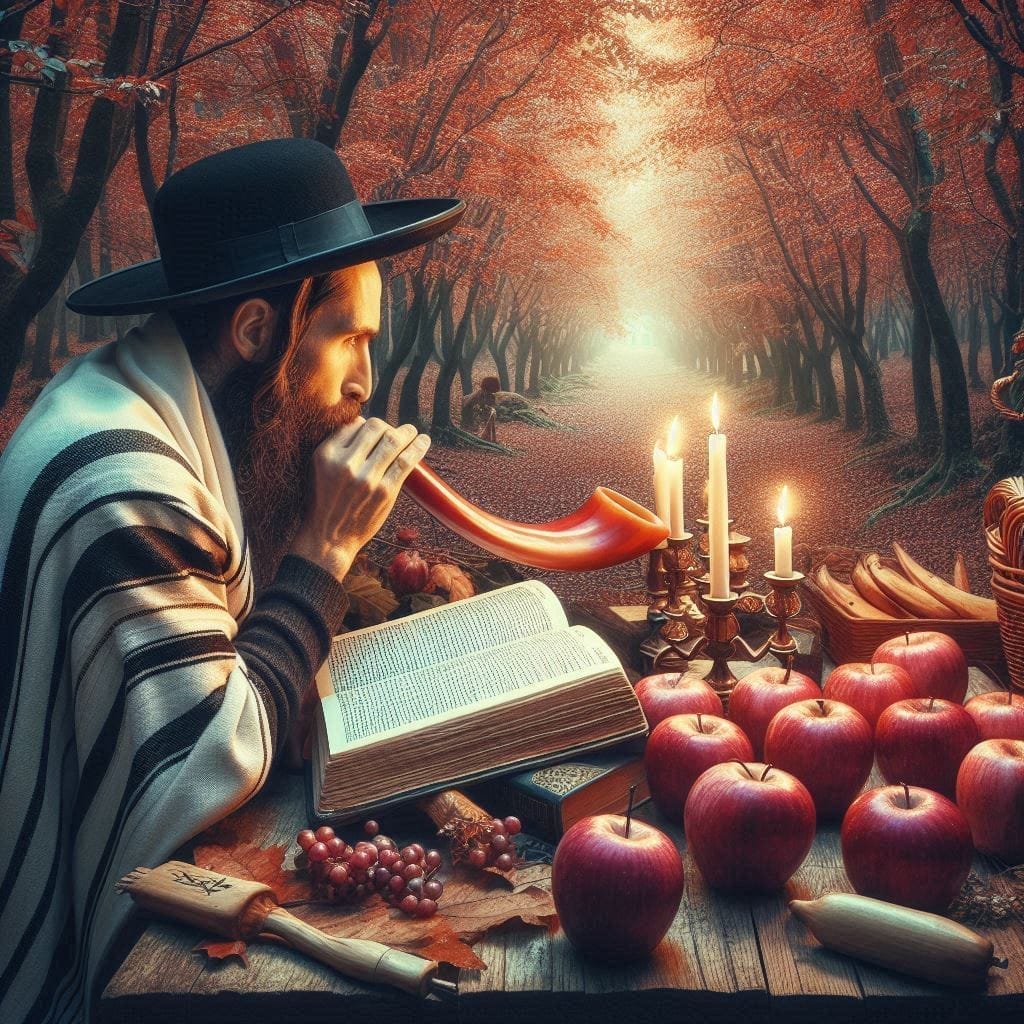
II. Torah: The Command of Yom Teru‘ah
Against HRM’s claim that Rosh HaShanah is “not biblical,” we turn to the Torah itself. Twice it commands:
• Leviticus 23:24 — “In the seventh month, on the first day of the month, you shall have a solemn rest, a zikhron teru‘ah, a holy convocation.”
• Numbers 29:1 — “In the seventh month, on the first day … it shall be a yom teru‘ah for you.”
Here is the bedrock: the first of Tishrei is sanctified by Torah. It is a day of teru‘ah (shofar blasts), a day of assembly, a day of rest from labor.
HRM says: “The Bible never calls it Rosh HaShanah.” True — it calls it Yom Teru‘ah. But names do not create mitzvot. The mitzvah exists: a holy day on 1 Tishrei with shofar. Later generations supplied the name. Torah plants the tree; tradition harvests its fruit.
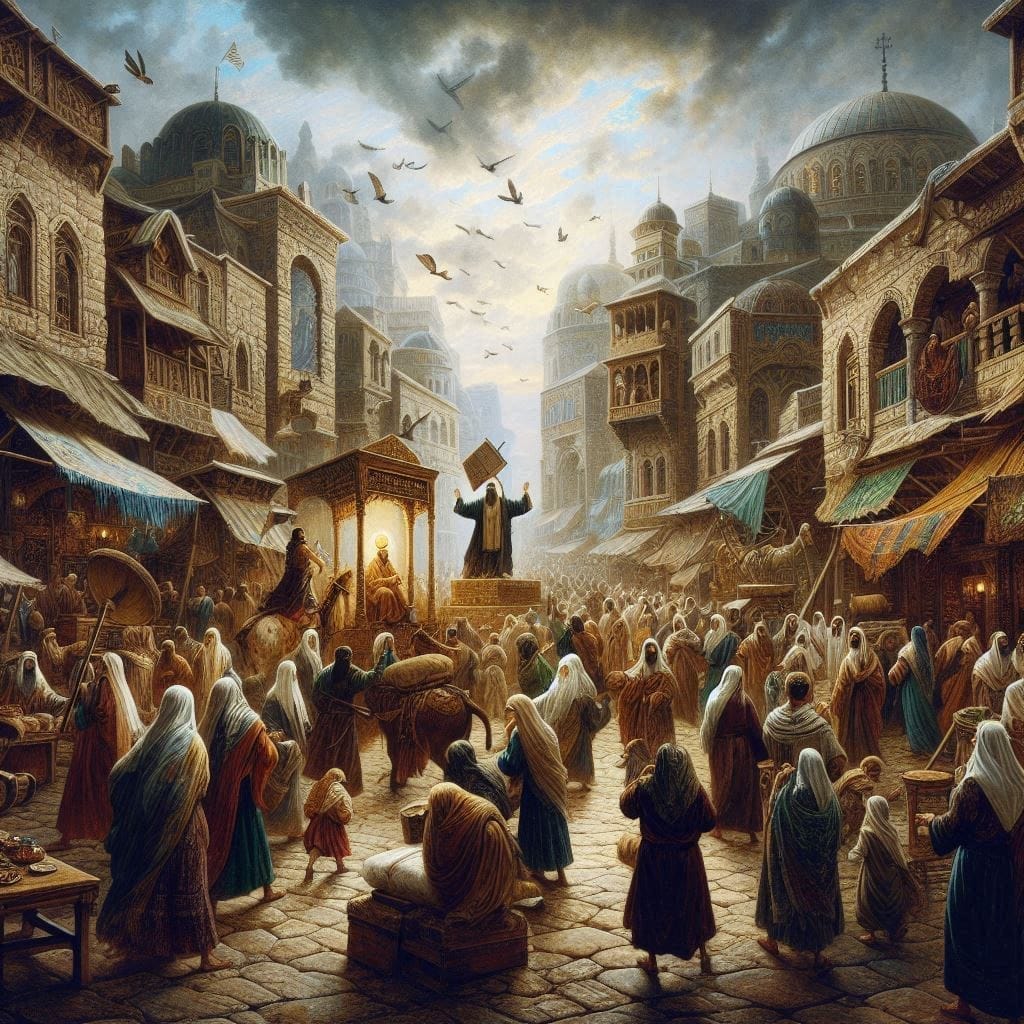
III. Neḥemiah: The Joy of the Day
The earliest narrative observance comes in Neḥemiah 8:1–12.
After exile, on the first day of the seventh month, Ezra reads the Torah aloud, Levites explain its meaning, and the people weep. But the leaders respond:
“Do not mourn or weep … Go, eat rich foods, drink sweet drinks, and send portions to those who have nothing, for this day is holy to our Lord. Do not grieve, for the joy of Hashem is your strength.”
Here is Rosh HaShanah in action: Torah reading, explanation, communal gathering, joy, food, and sharing portions. Centuries before the Mishnah, the day was already practiced.
This joy is the root of Sephardic tradition. For Sephardim, judgment is protection, Hashem’s shield over His people. Selichot are sung with uplift, and Rosh HaShanah se‘udot are bright with simanim: apples, dates, pomegranates.
The orchard mirrors this: summer apples ripening after the 9th of Av are sweet in judgment. They show us Neḥemiah’s truth: judgment itself is mercy, and teshuvah is joy.

IV. Yeḥezkel: The Term Rosh HaShanah
HRM claims the very phrase Rosh HaShanah is post-biblical.
Yet Yeḥezkel 40:1 declares:
“In the twenty-fifth year of our exile, at the beginning of the year (berosh ha-shanah), on the tenth day of the month…”
True, this refers to Yom Kippur of the Jubilee year. But the Hebrew phrase rosh ha-shanah is there — in Tanakh itself.
Thus, when the Mishnah later uses Rosh HaShanah as the name for 1 Tishrei, it is not invention but inheritance. It applies biblical language to a biblical day.
And Yeḥezkel’s mood is awe: cosmic reset, Jubilee liberation, divine judgment. This is the root of Ashkenazic tradition, with its trembling Machzor prayers: “Who shall live, and who shall die…”
The orchard knows this too. When we bow in Selichot prostration, the trees bow heavy with fruit. Awe and submission are written in bark and branch.
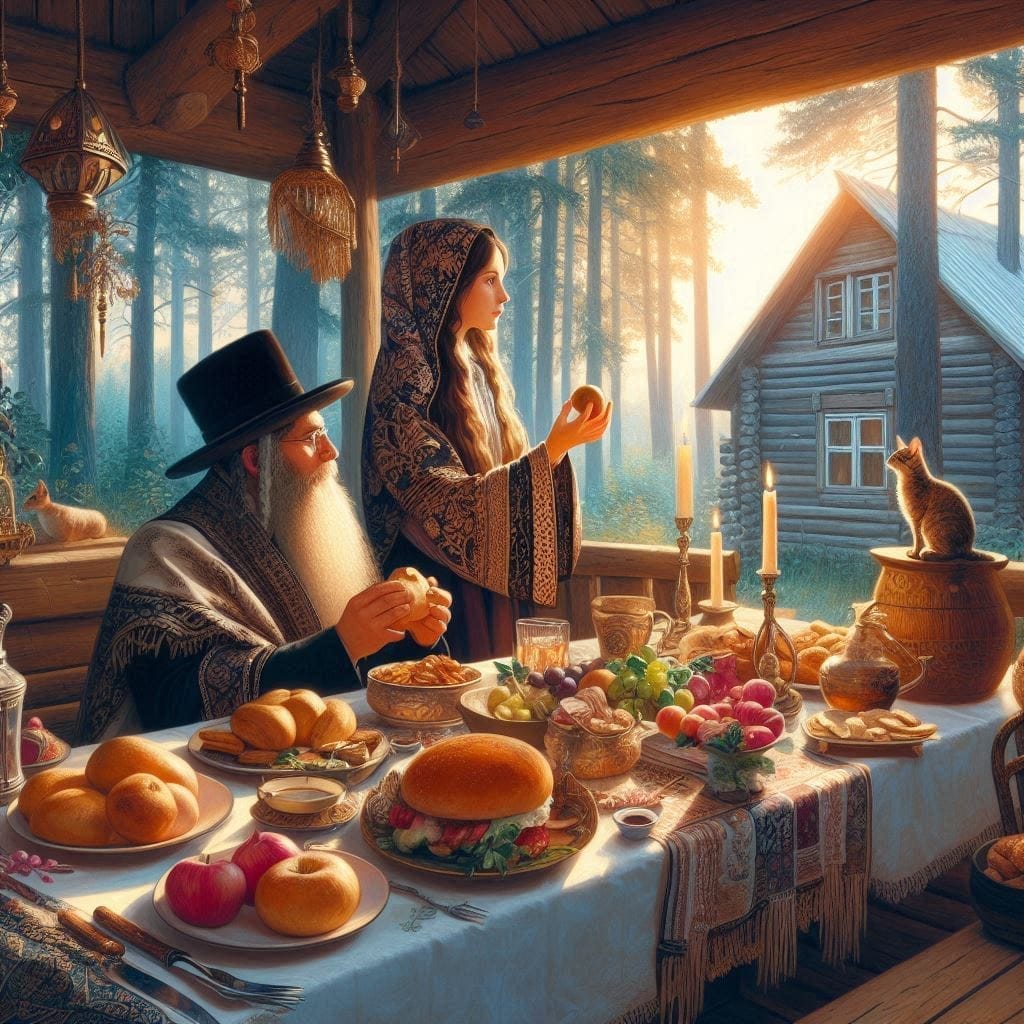
V. The Mishnah: Consolidation, Not Invention
Mishnah Rosh HaShanah 1:1 lists four “new years”: for kings, animals, years, and trees. The 1st of Tishrei is the new year for years, shemittah, yovel, planting.
This is not “adding to Torah” but classifying Torah. Just as halakhah clarifies “totafot” into tefillin, and “pri ‘etz hadar” into etrog, so “yom teru‘ah” becomes Rosh HaShanah.
HRM cries “invention.” We answer: taxonomy. The orchard is proof: apples ripen at different times, but all belong to the same orchard. The Mishnah organizes Hashem’s seasons; it does not create them.

VI. Refuting HRM’s Objections
1. “It’s Yom Teru‘ah, not Rosh HaShanah.”
Torah commands it; Yeḥezkel names it; Mishnah preserves it.
2. “Exodus 12:2 says Nisan is the only new year.”
Nisan is rosh ḥodashim (head of months). Yeḥezkel calls Tishrei rosh ha-shanah. Tanakh itself allows multiple heads.
3. “Jews invented it after exile.”
Neḥemiah proves observance in the 5th century BCE — Torah, joy, food, sharing.
4. “The rabbis added the shofar.”
Torah itself commands teru‘ah; Oral Torah clarifies the instrument.
Psalm 81 links shofar with the hidden new moon — Tishrei.
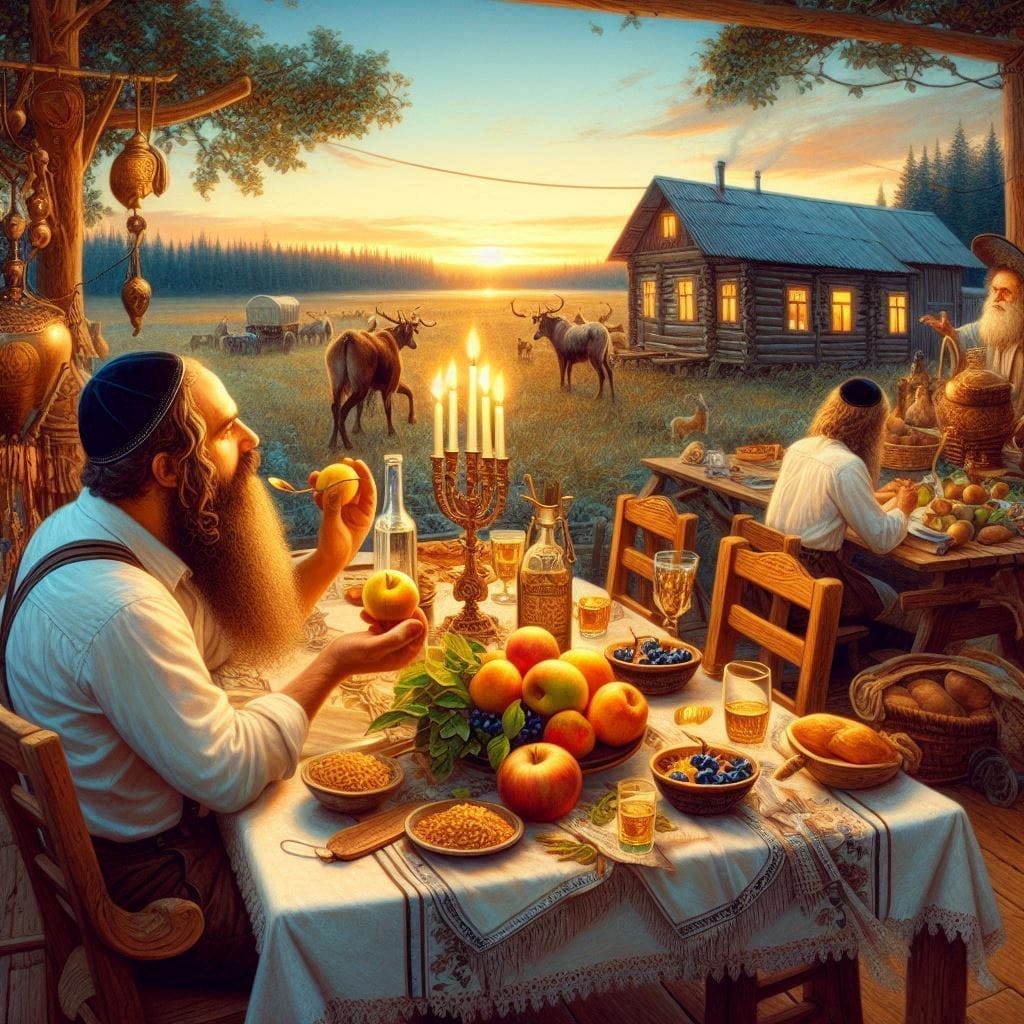
VII. Sephardic Joy and Ashkenazic Awe
• Sephardim (Neḥemiah): Rosh HaShanah with joy, feasting, and confidence.
• Ashkenazim (Yeḥezkel): Rosh HaShanah with awe, trembling, cosmic reset.
• Both are Torah-true. The orchard needs sunlight and storm. We need joy and awe.
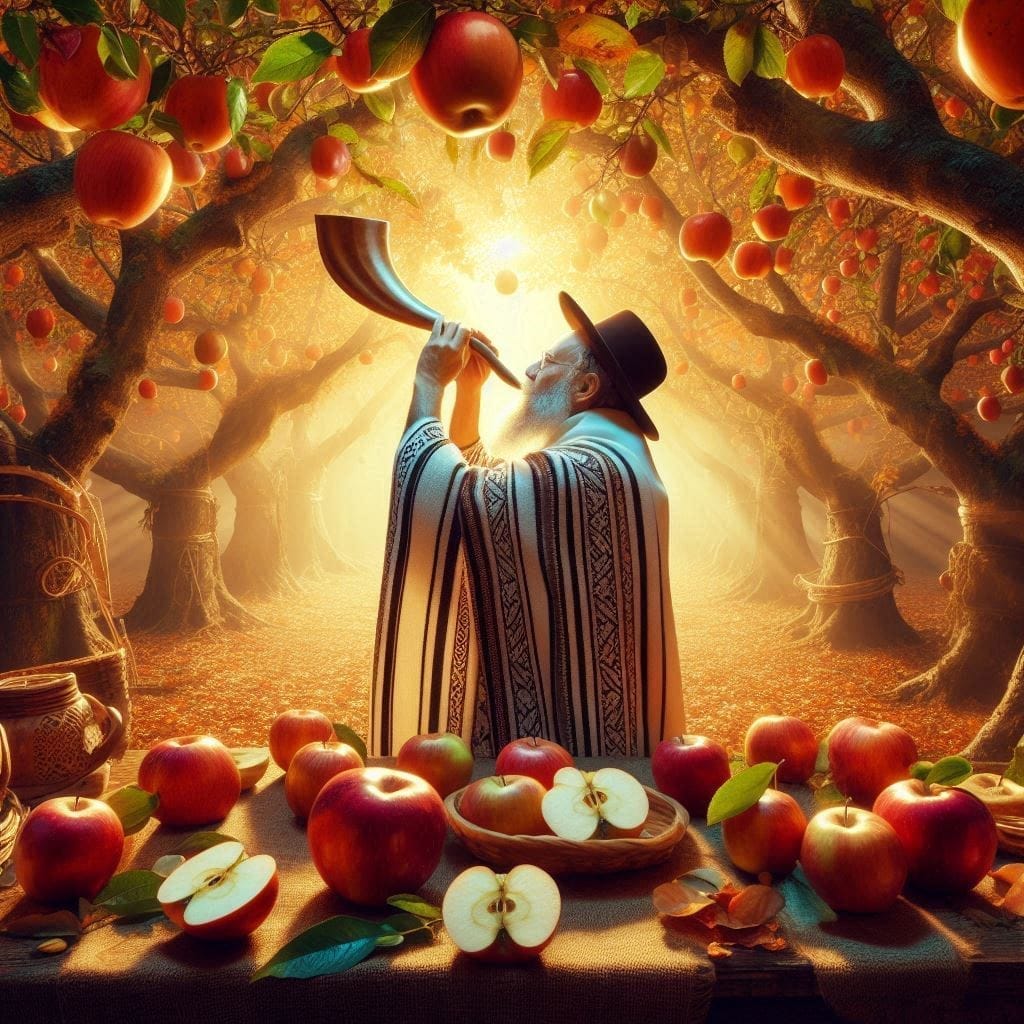
VIII. Selichot: Prostration and Apples
In Selichot, especially Sephardic rite, the kehillah prostrates during the 13 Attributes. We fall to the ground, entrusting ourselves to Hashem’s mercy.
In the orchard, branches bow heavy with fruit. The apples bend toward the earth. When we prostrate, we join creation’s gesture. The orchard is saying Selichot with us.
Thus, prostration is not despair but surrender into sweetness. Judgment is sweetened when bowed into mercy.

IX. The Days of Awe and the Winter Apple
At Rosh HaShanah, the orchard is at its peak. Apples are gathered, dipped in honey, and tasted as prayer: Yehi ratzon… shanah tovah u-metukah.
On Yom Kippur, silence covers the orchard. We fast, but the apples hang as witnesses of sweetness waiting beyond judgment.
At Sukkot, we feast beneath the stars, often with branches from nearby trees.
Sometimes the winter apple ripens after Sukkot, teaching that teshuvah continues even beyond festivals. No one is too late. Every soul has its season.
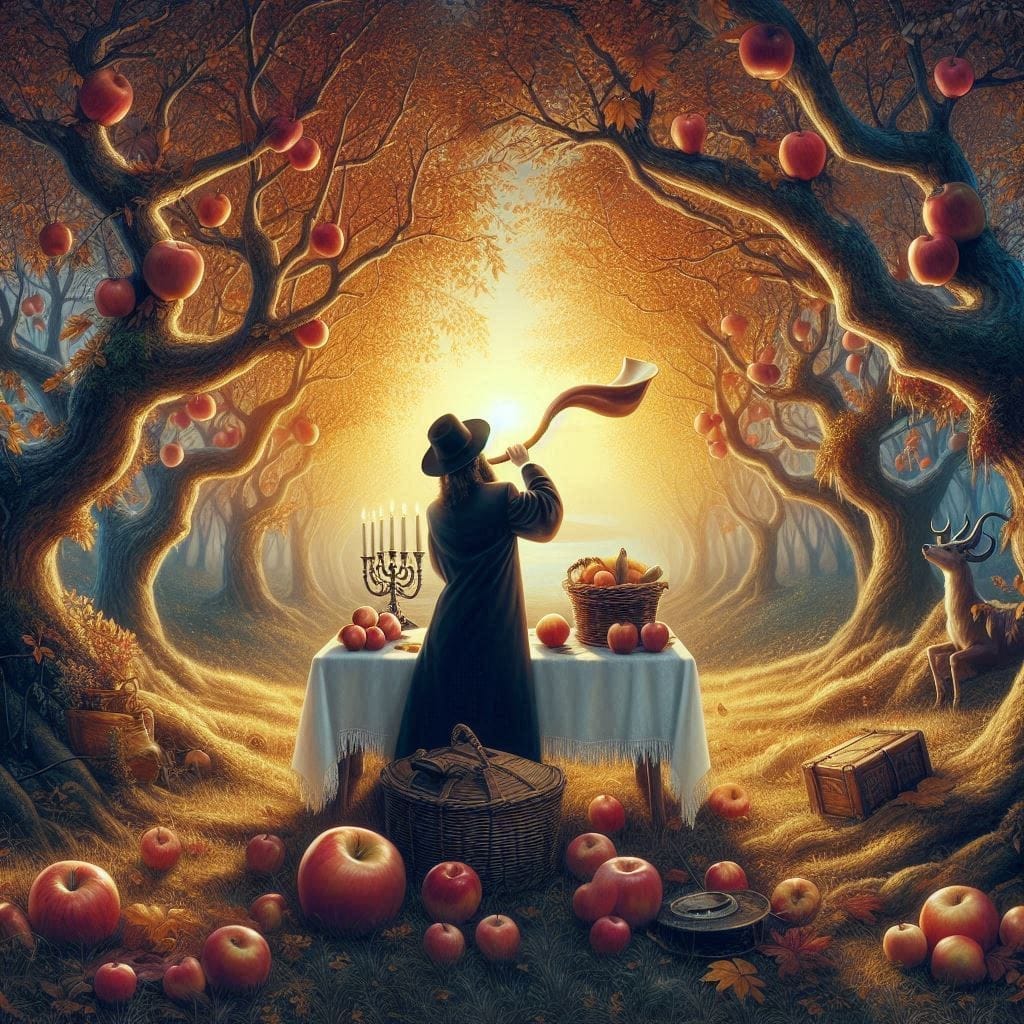
X. At Shtiebel on the Hill the Orchard as Metaphoric
For us, the orchard is a Metaphor.
It teaches:
• Judgment sweetened (summer apples after 9th of Av).
• Joy in teshuvah (Neḥemiah’s feast).
• Awe in teshuvah (Yeḥezkel’s reset).
• Patience in teshuvah (winter apple ripening late).
• Communal teshuvah (shared boundary trees).
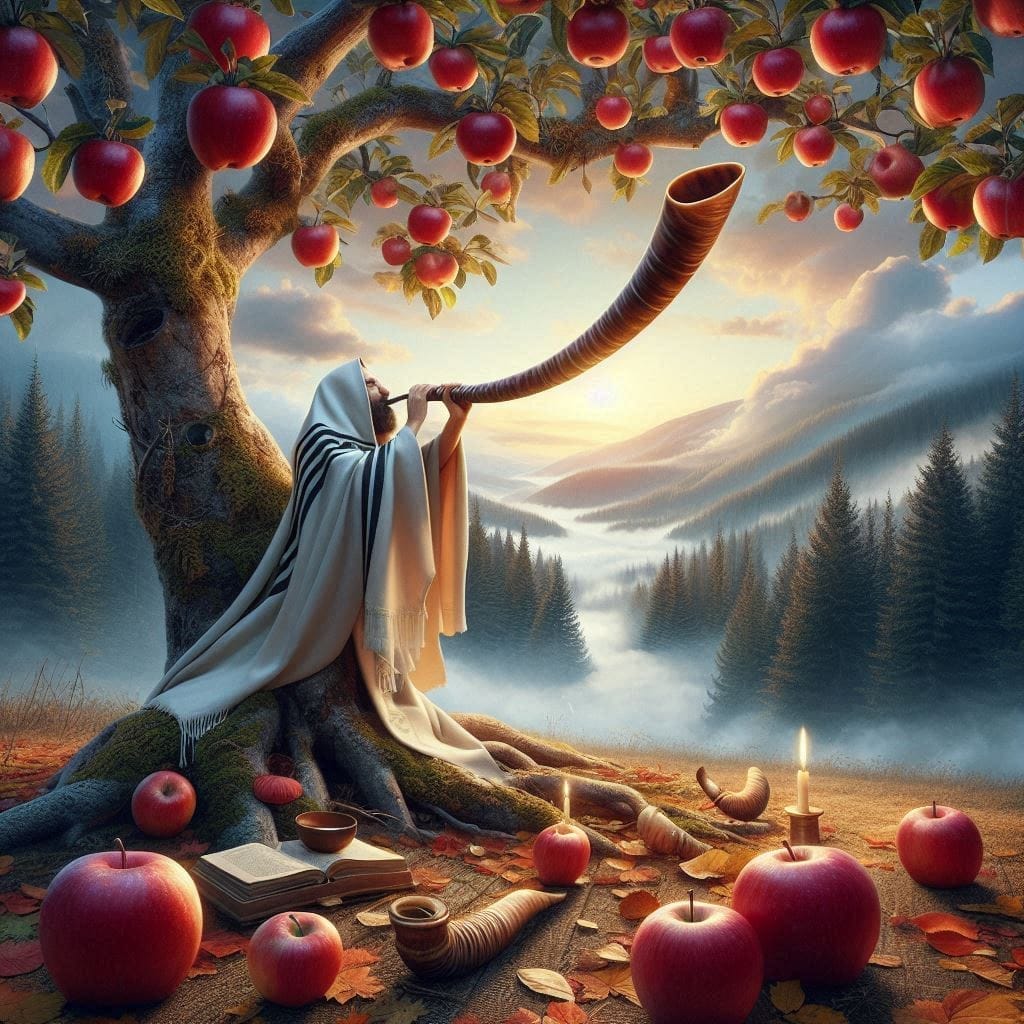
Conclusion: The Orchard Above and Below
From 17 Tammuz through Sukkot, the orchard writes the story of teshuvah. The Field of Sacred Apples is not metaphor only; it is our lived commentary.
HRM says Rosh HaShanah is rabbinic fiction.
We answer:
• Torah commands it.
• Neḥemiah records it.
• Yeḥezkel names it.
• Mishnah codifies it.
• Tradition preserves it.
• The orchard testifies to it.
This is not invention but continuity. Not corruption but covenant.
And so, as apples ripen, so may our souls. As branches bow, so may our hearts. As judgment sweetens, so may our lives.
May the orchard above — the ḥakal tapuḥin kadishin of Kabbalah — join with the orchard below, until Hashem’s mercy and love fill the earth as water covers the sea.
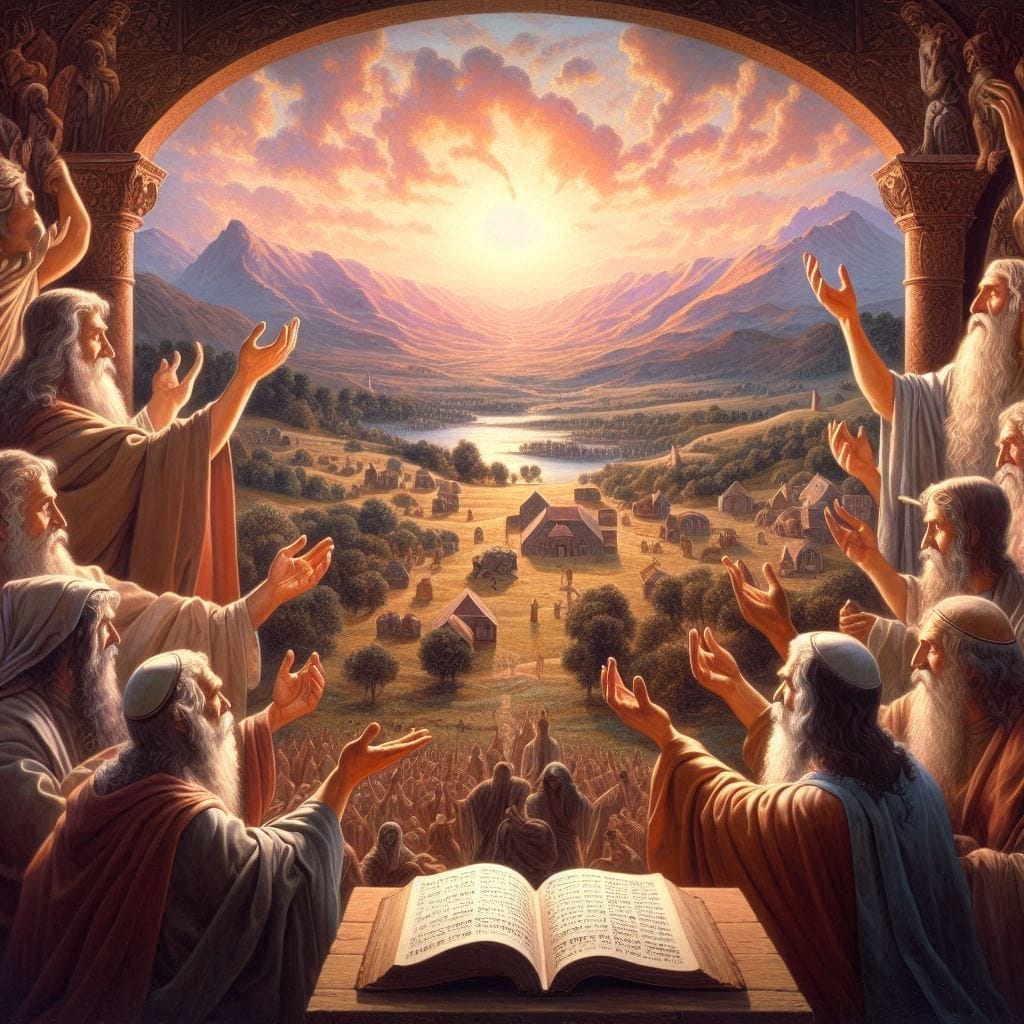
Subscribe now.
Sign up for our newsletter to get the most interesting stories of the day straight to your inbox before everyone else
Created with © systeme.io • Privacy policy • Terms of service


